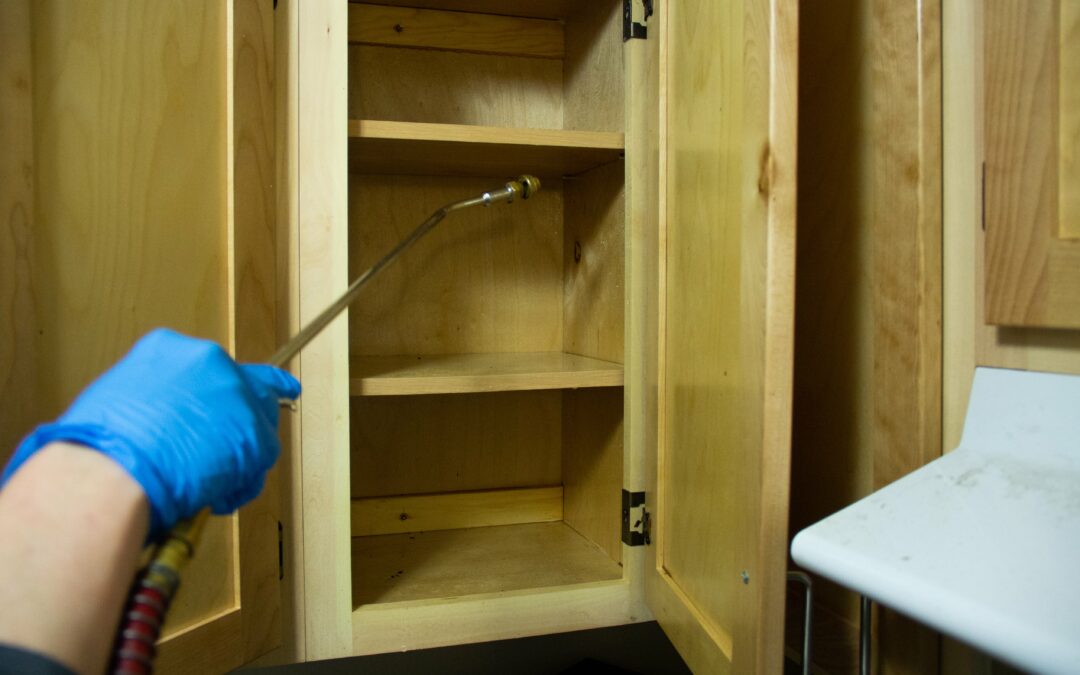During the spring, thousands of arthropod species regain activity after emerging from their long winter slumber. Populations of arthropod pests like wasps, flies, ticks, spiders, and mosquitoes skyrocket in urban and suburban areas during the spring and early summer, which can be overwhelming to residents. Eastern subterranean termites and black carpenter ants become particularly troublesome during the late spring and early summer when they indulge in their annual mating swarms. Swarming ants and termites gravitate toward indoor and outdoor lights, and swarmers (alates) are small enough to enter homes through small cracks and crevices on the exterior wall of homes. Bryobia praetiosa, better known as the “clover mite,” is another tiny insect pest that easily manages to gain access into Massachusetts homes through excessively narrow entry points.
Clover mites are extremely small at only 1/32 inch in body length, which is smaller than a pinhead. Despite their tiny stature, clover mites are sometimes recognized for their reddish-brown color, fast speed, and especially for their excessively long pair of front legs, which are often mistaken for antennae. Unlike most species of mite pest, clover mites do not bite, transmit disease, or contaminate stored foods, but the sheer number of specimens that often invade homes can be enough to prompt residents to move out-of-state. During most years, Massachusetts pest control firms and University extension offices become overwhelmed with residential reports concerning clover mites within homes.
Multiple springtime conditions are known to prompt clover mites to migrate into homes through cracked windows and door gaps. Clover mites often invade homes in response to a bout of spring rainfall on otherwise warm and sunny days, and the rapid growth of lawn grass and yard vegetation that takes place during the spring can attract clover mites onto properties. Clover mites congregate on exterior walls where they usually gain access into the upper levels of homes through attic vents, gaps around utility cables and breaches in window screens. Smaller scale invasions also occur during the fall when mature clover mites are seeking agreeable overwintering sites, and mature clover mites can survive the entire winter within homes. Luckily, clover mites die shortly after invading homes during the spring, and both live and dead specimens can be promptly removed with a vacuum. However, professional-grade insecticides may become necessary in order to address heavy or repeat infestations.
Have you ever spotted clover mites within your home?

